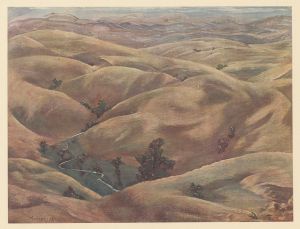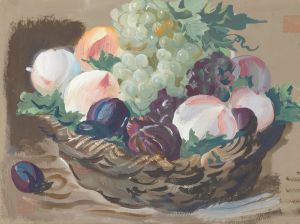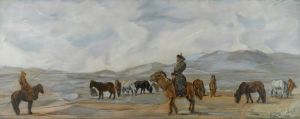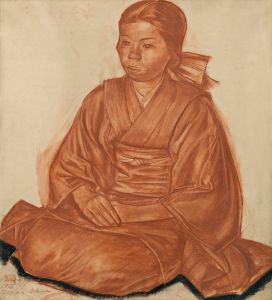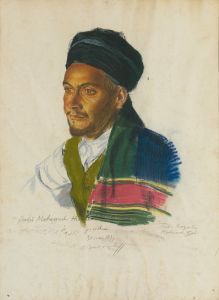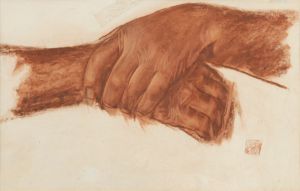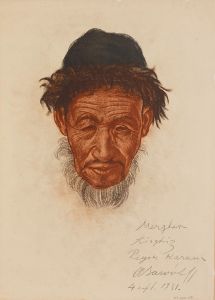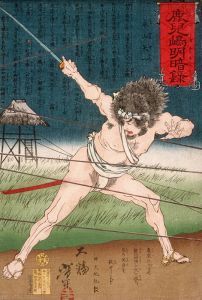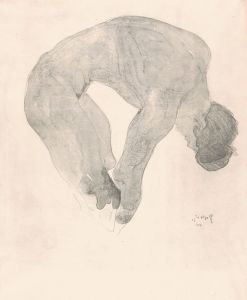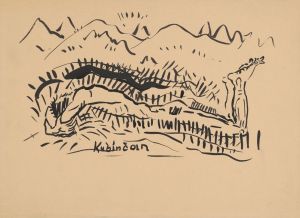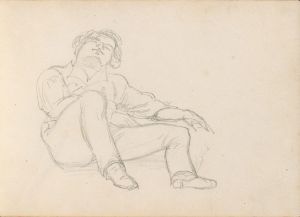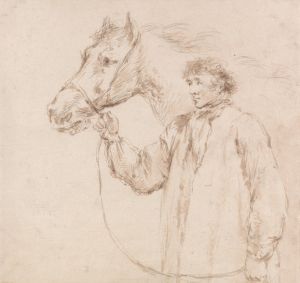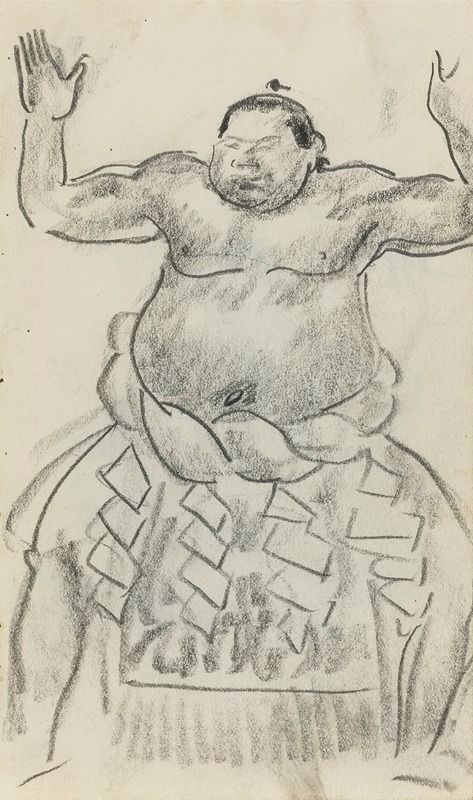
Japanese Figure
A hand-painted replica of Alexandre Jacovleff’s masterpiece Japanese Figure, meticulously crafted by professional artists to capture the true essence of the original. Each piece is created with museum-quality canvas and rare mineral pigments, carefully painted by experienced artists with delicate brushstrokes and rich, layered colors to perfectly recreate the texture of the original artwork. Unlike machine-printed reproductions, this hand-painted version brings the painting to life, infused with the artist’s emotions and skill in every stroke. Whether for personal collection or home decoration, it instantly elevates the artistic atmosphere of any space.
Alexandre Jacovleff, also known as Alexander Yevgenievich Yakovlev, was a Russian painter and graphic artist, renowned for his contributions to the art world during the early 20th century. Born in Saint Petersburg in 1887, Jacovleff was a prominent figure in the art scene, known for his diverse range of subjects and his skillful technique. One of his notable works is "Japanese Figure," which reflects his interest in different cultures and his ability to capture them with sensitivity and precision.
"Japanese Figure" is a testament to Jacovleff's fascination with the Far East, a region that inspired many Western artists during the late 19th and early 20th centuries. This painting is part of a broader trend of Japonisme, where Western artists were influenced by Japanese art and culture. Jacovleff's work stands out for its respectful and detailed portrayal of Japanese subjects, avoiding the exoticism that often characterized Western depictions of the East.
The painting showcases Jacovleff's mastery in capturing the essence of his subjects through meticulous attention to detail and a deep understanding of cultural nuances. His approach to the "Japanese Figure" is characterized by a realistic portrayal that emphasizes the individuality and dignity of the subject. The use of color, light, and shadow in the painting highlights Jacovleff's technical prowess and his ability to convey emotion and atmosphere.
Jacovleff's interest in Japanese culture was part of his broader exploration of different cultures around the world. He was a member of the French artistic and literary group known as the "Groupe des Quatre," which included other notable artists like Jean Cocteau and Paul Morand. This group was known for its cosmopolitan outlook and interest in exploring diverse cultural themes.
Throughout his career, Jacovleff traveled extensively, which greatly influenced his artistic output. His journeys took him to various parts of Asia, Africa, and Europe, where he immersed himself in the local cultures and traditions. These experiences enriched his work, allowing him to create art that was both authentic and insightful.
"Japanese Figure" is a reflection of Jacovleff's ability to transcend cultural boundaries through art. His work is characterized by a deep respect for the subjects he portrayed, and his paintings often serve as a bridge between different cultures, fostering a greater understanding and appreciation of diversity.
In summary, Alexandre Jacovleff's "Japanese Figure" is a significant work that exemplifies his skill as an artist and his interest in cross-cultural exploration. The painting is a part of his broader oeuvre that celebrates the richness of human diversity and the beauty of different cultural expressions. Through his art, Jacovleff invites viewers to appreciate the uniqueness of each culture while recognizing the shared humanity that connects us all.





